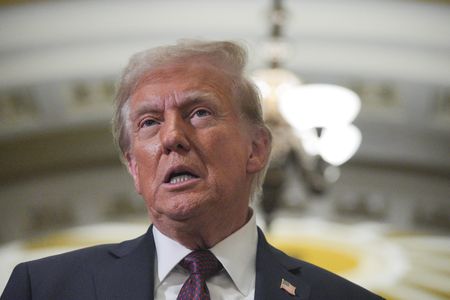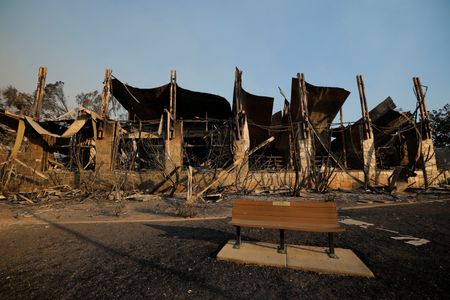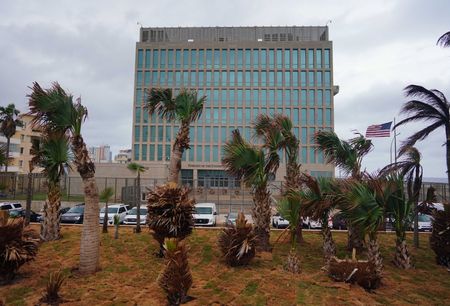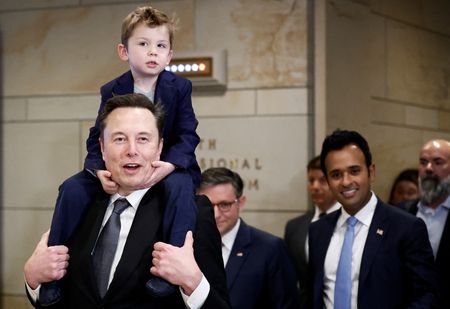By Shawana Alleyne-Morris
(Reuters) – The increase in firearm-related fatalities among U.S. youth has has taken a disproportionate toll in the Black community, which accounted for 47% of gun deaths among children and teens in 2020 despite representing 15% of that age group overall, according to a new analysis.
In 2020, firearms surpassed motor vehicle accidents to become the leading cause of death among U.S. children and teens, according to data from the U.S. Centers for Disease Control and Prevention (CDC). A study published on Tuesday in JAMA used that data to compare burdens among racial and ethnic groups.
Researchers from the U.S. National Institute on Minority Health and Health Disparities assessed long-term gun fatality trends among Black and white children ages 1 to 19, and 2019-2020 data on Hispanic, Native American, Asian and Pacific Island youth.
From 2013 to 2020, firearm-related deaths rose by 108.3% among Black youth and by 47.8% for young whites, with the largest increase occurring between 2019 and 2020, they found.
That year, firearm-related deaths rose by 39.2% among Black youths vs 16.4% for white youths.
The rate of firearm-related deaths per 100,000 U.S. kids in 2020 was 5.2 overall. But it was much higher for Blacks at 17.4 per 100,000, and 9.1 among Native Americans. The rate was 4.01 for Hispanics, 3.4 among whites, and 1.32 among Asian or Pacific Islanders, the investigators said.
Earlier research found that stricter state gun laws are tied to lower rates of childhood firearm deaths. The new study, however, did not examine possible reasons for the results or what might be done to reverse the trends.
Dr. Rebecca Cunningham of the University of Michigan, who has studied youth firearm deaths but was not involved in the current analysis, said more funding is needed to identify ways to prevent these deaths.
“In the past few years, the CDC and National Institutes of Health combined have funded about $25 million a year in dedicated research on this topic,” she said in an email, calling it “a wonderful start” but nowhere near the investment needed to address the problem.
“When the country really invests” – as it has for COVID or cancer – “science can generate life-saving solutions,” Cunningham said. Funding at the level seen for those diseases, she said, “would support real change in saving lives in communities.”
(Reporting by Shawana Alleyne-Morris; editing by Nancy Lapid and Bill Berkrot)











